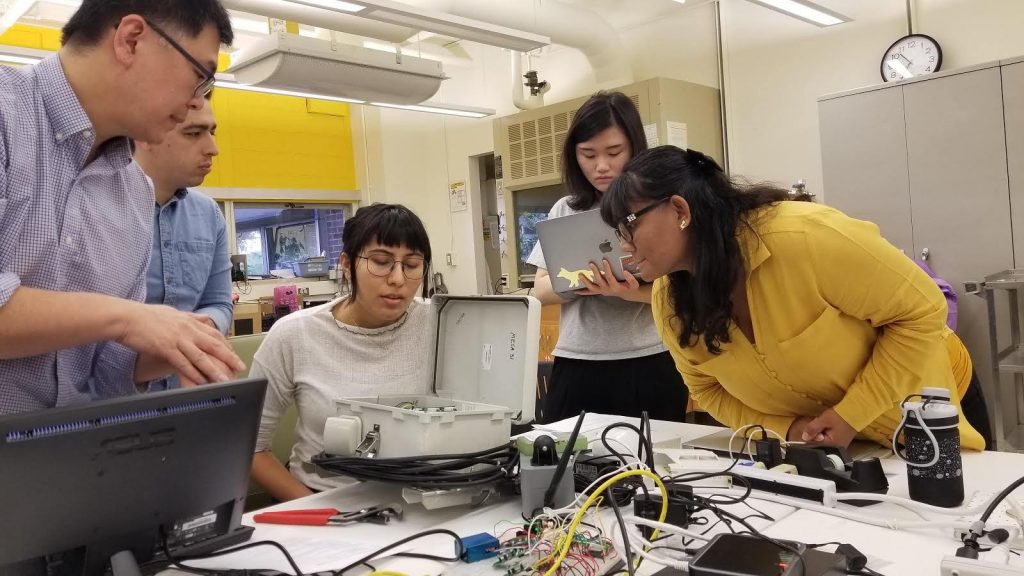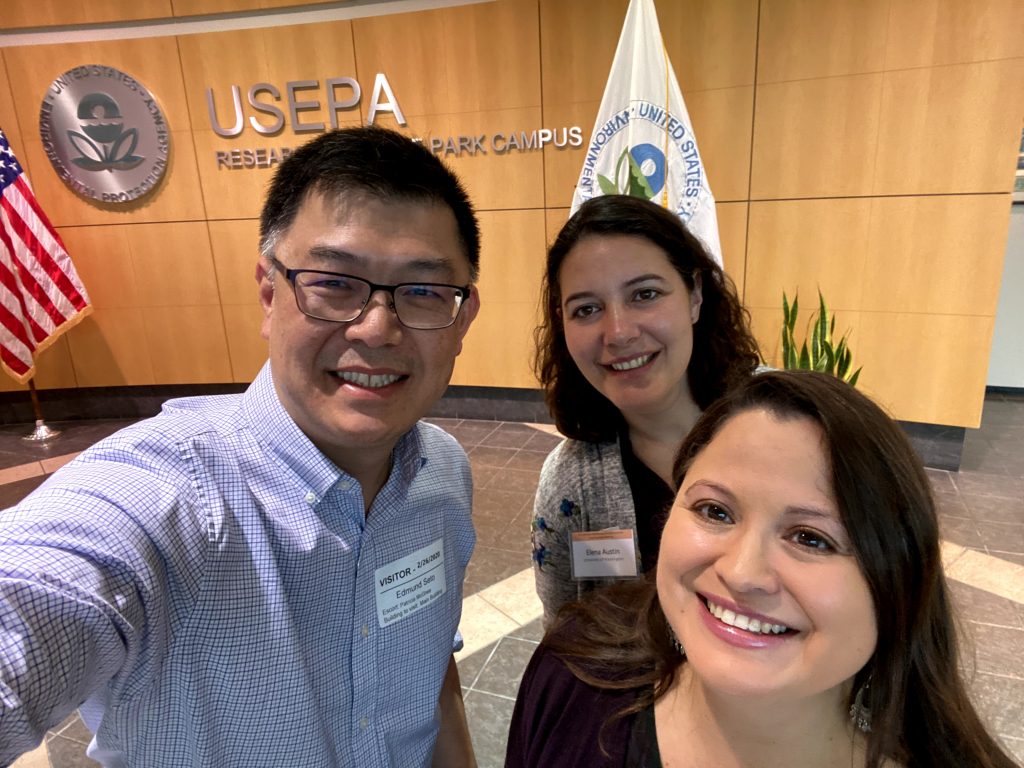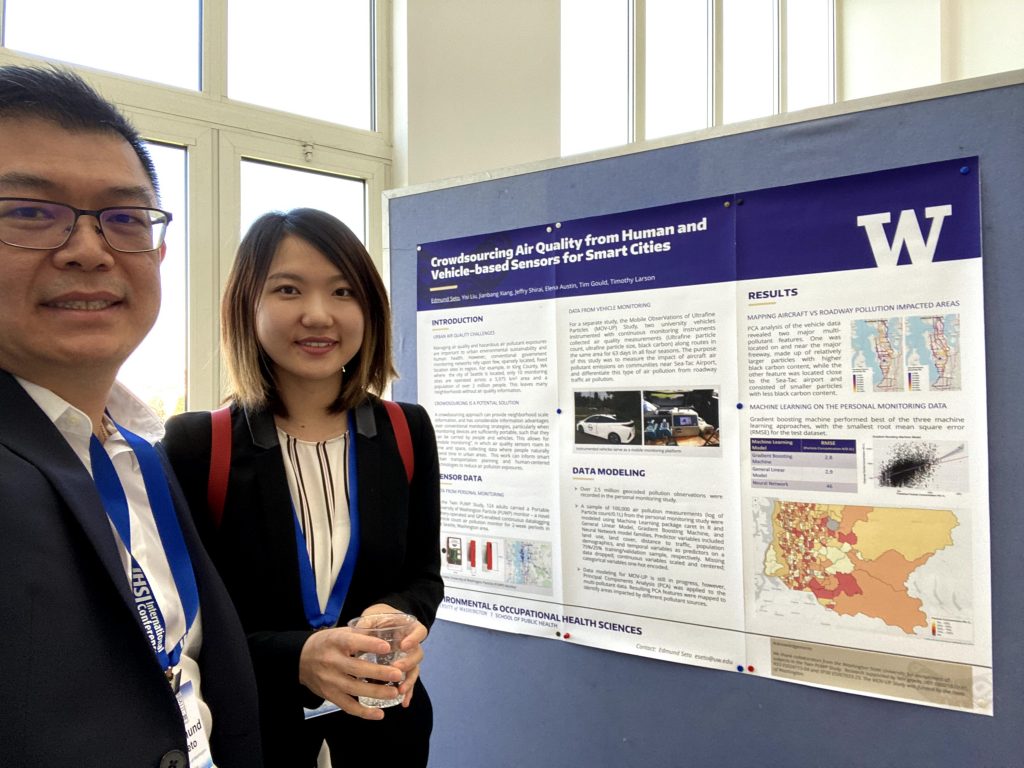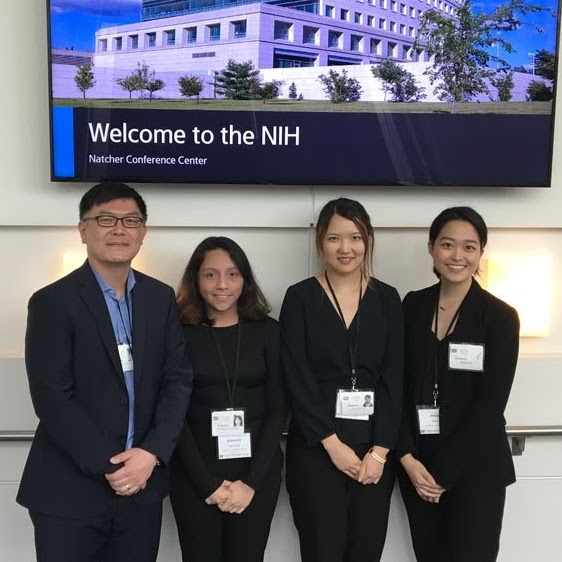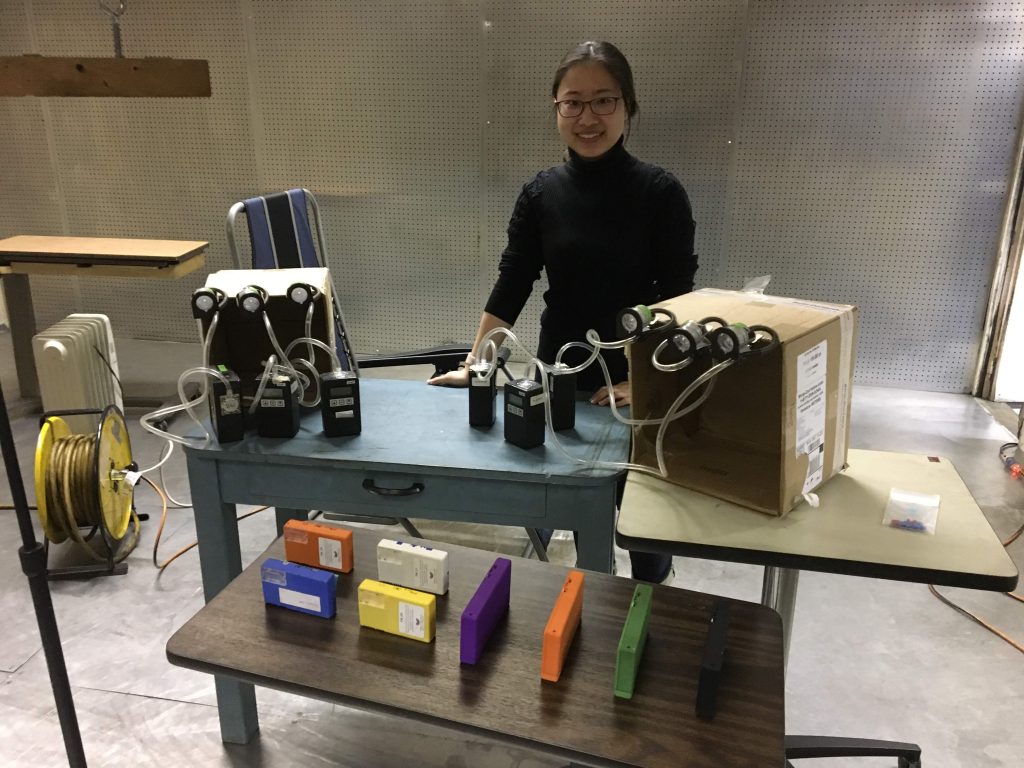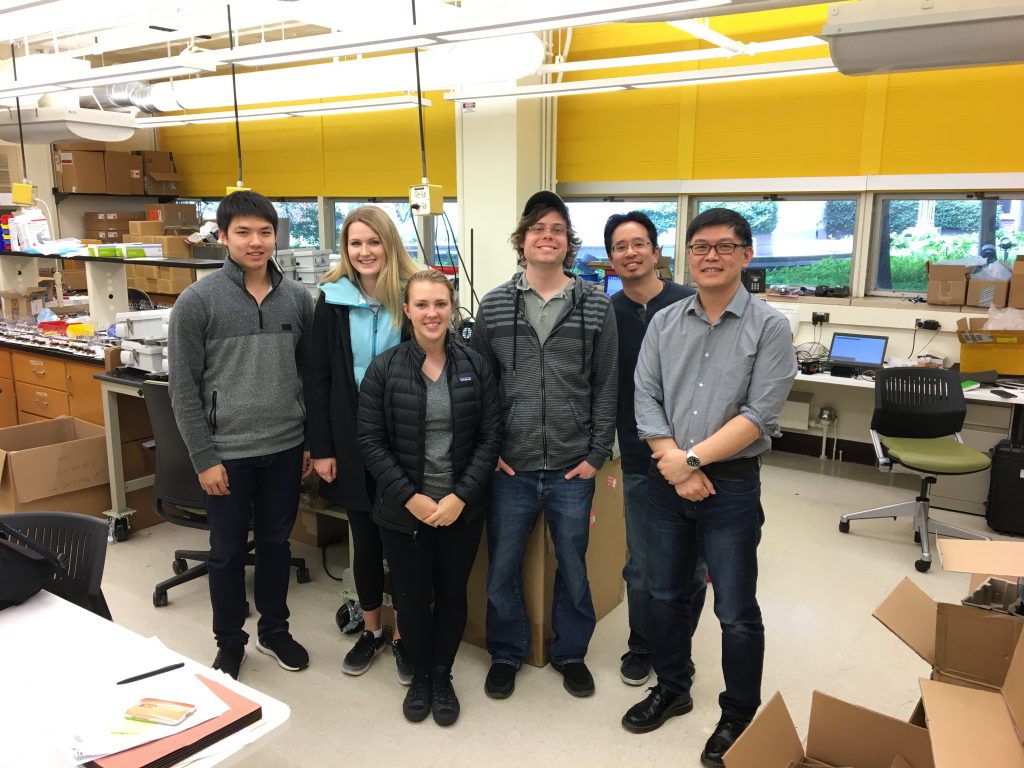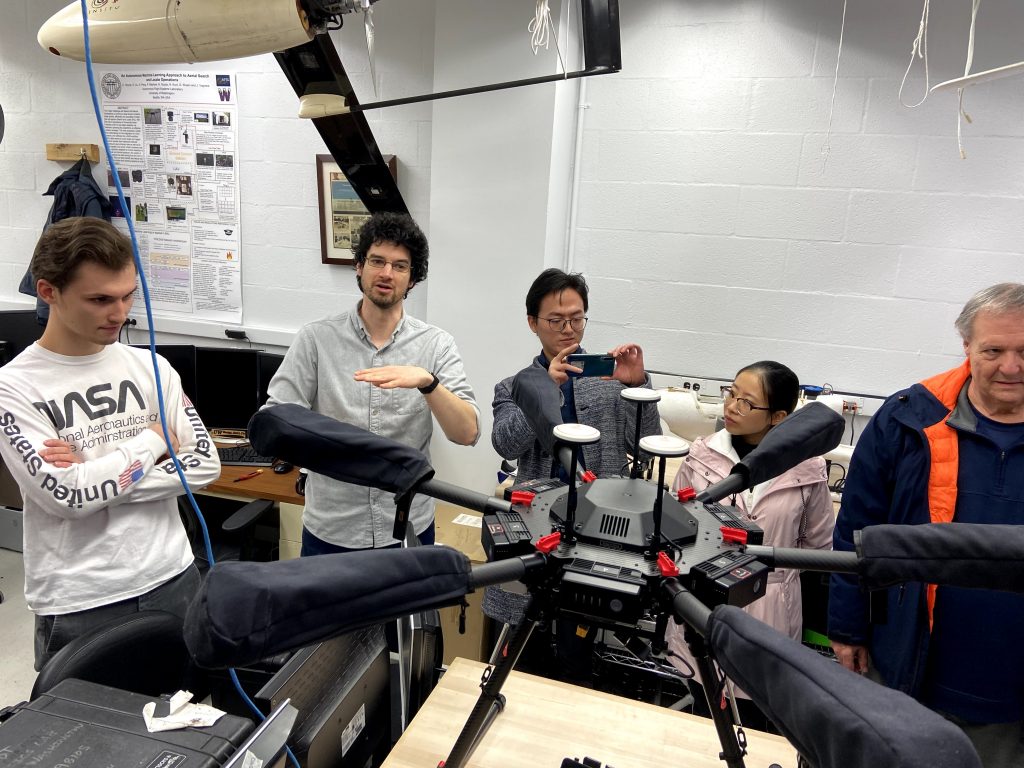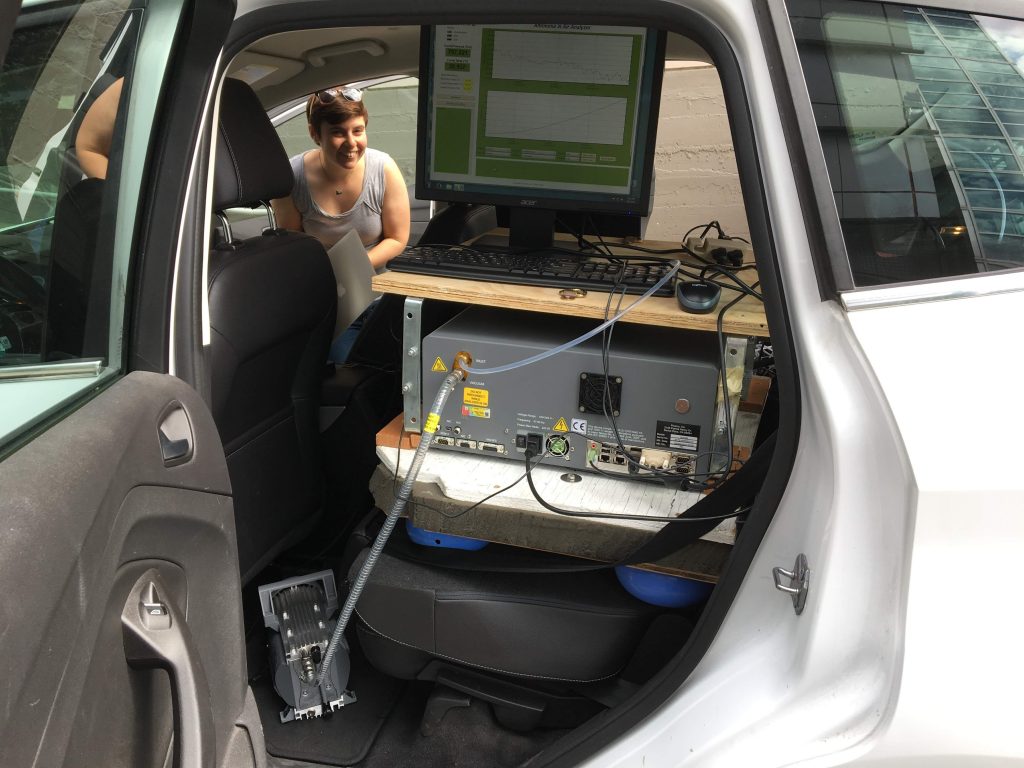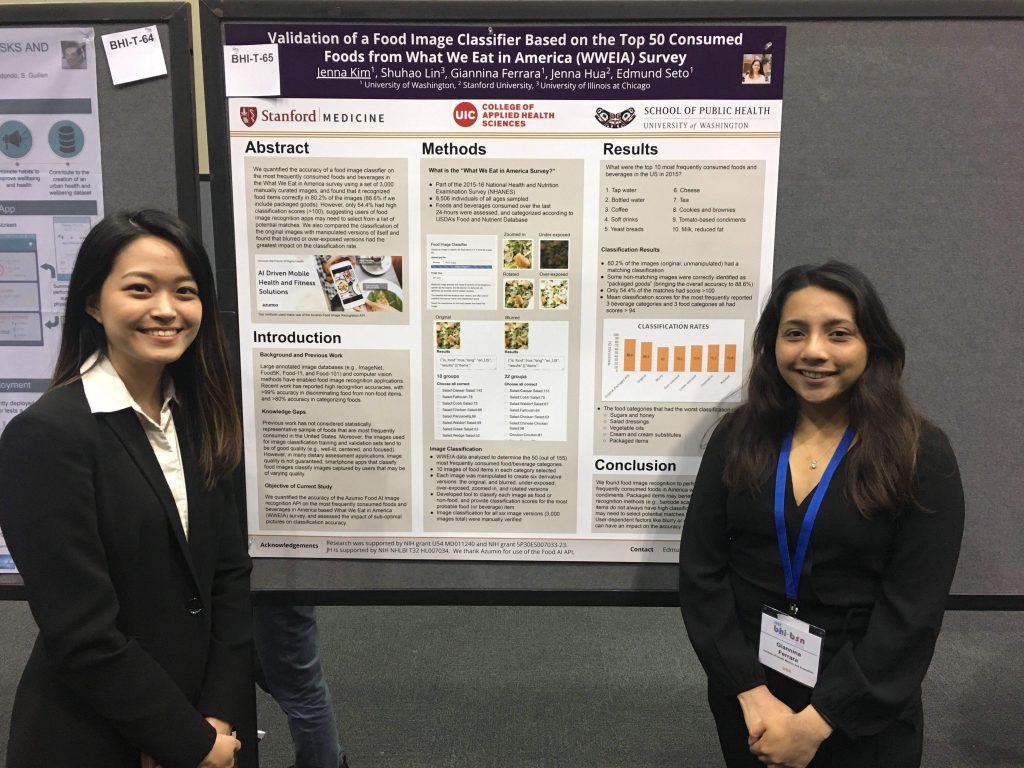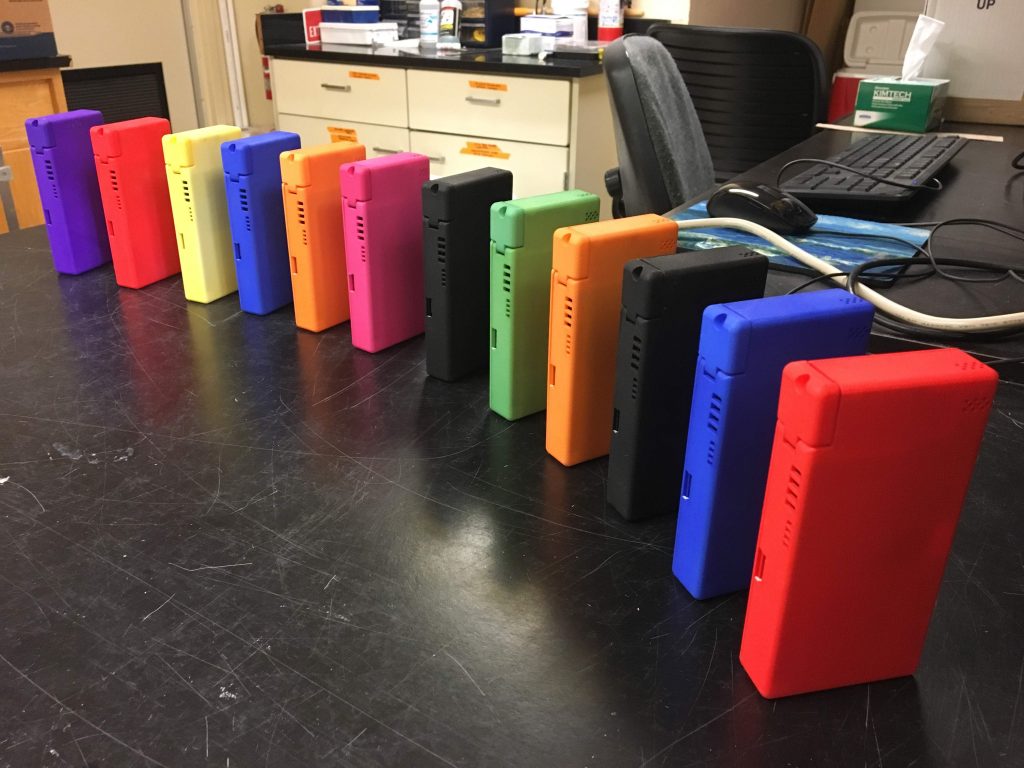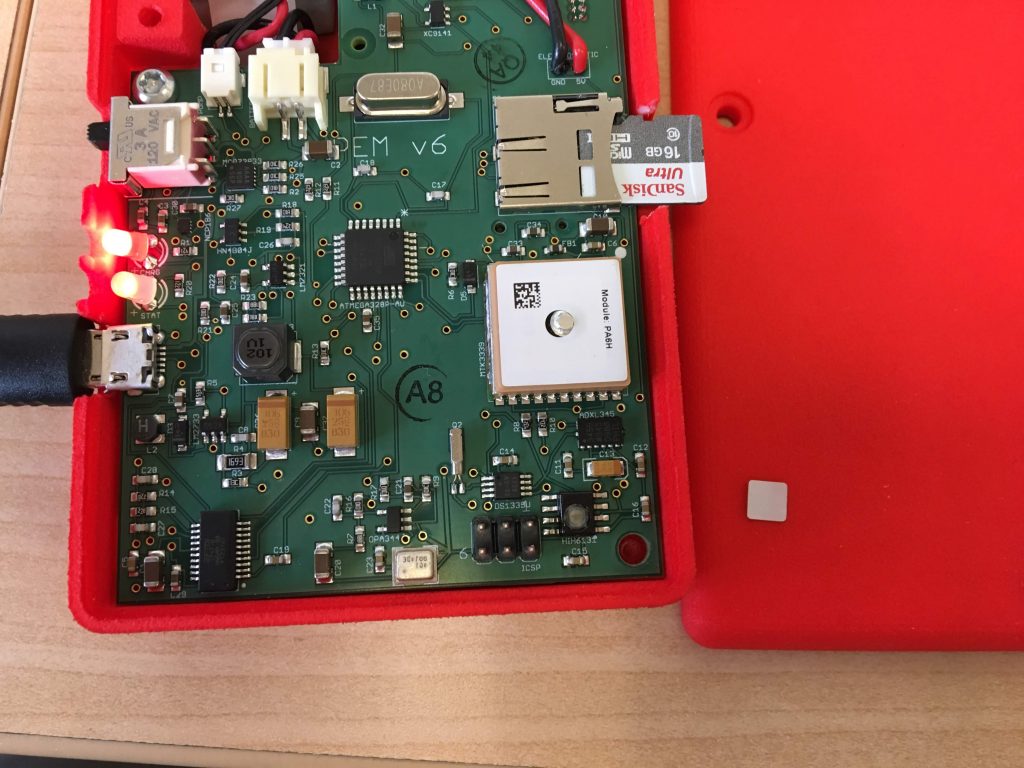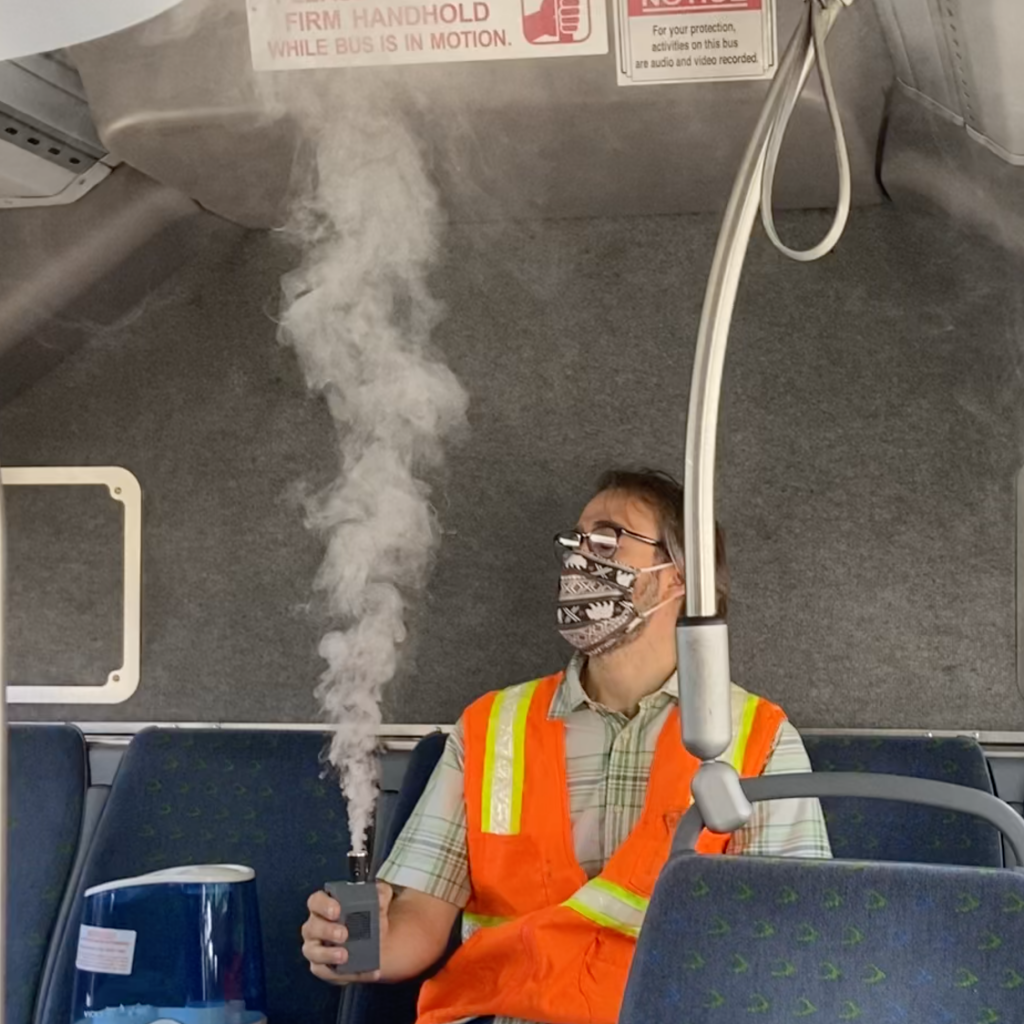OUR RESEARCH GROUP
The Seto Lab conducts research that aims to quantify and mitigate environmental exposures that are harmful to human health. Our lab focuses on air pollution exposures, however, we also conduct studies related to infectious agents, noise, dietary intake, the built environment, and environmental justice. Our studies employ various methods and technologies, requiring engineering and data science. We invite undergraduate, graduate, and post-doctoral researchers to work on our current projects.
Students interested in joining the group should email me and the group’s lab manager Jeff Shirai (contact info below).
CURRENT WORK
Actionable Agricultural Community Tools (II-ACT) – An EPA Center for Early Lifestage Vulnerabilities to Environmental Stressors. Learn more about this new research center.
UW Center for Environmental Health Equity – An EPA Region 10 Thriving Communities Technical Assistance Center (TCTAC). Visit the UW CEHE’s website.
Duwamish Air Improvement Study for Youth (DAISY) – Community-engaged asthma intervention evaluating the effectiveness of low-cost indoor air filtration and culturally and linguistically appropriate healthy home assessments. [project site]
Unlocking the Nationwide Potential of Water Reuse – We are one of team members on this multi-site collaborative research project aimed investigating water reuse. Our group is developing quantitative microbial risk assessment (QMRA) tools in R to examine the potential public health new water reuse applications. Other aspects of the center aim to understand emerging contaminants of concern for water reuse, treatment options, and environmental justice concerns. [project site]
Improving Indoor Air Quality at Homeless Shelters – We are working with Public Health Seattle King County and Washington State Department of Health to improve indoor air quality in homeless shelters, improving resilience to COVID-19, extreme heat and wildfire smoke. [air cleaner guidance for congregate settings]
Wildfire Smoke Rule to Protect Outdoor Workers – We are conducting a qualitative/quantitative study on the impacts and possible improvements to the wildfire smoke rule in Washington State.
UW Population Health Initiative COVID-19 Equity Research – We are mapping and assessing the neighborhood-level associations between race/ethnicity, sociodemographic, environmental exposures, and COVID-19 indicators, including case positivity, testing rates, and vaccination.
UW EarthLab Vegetation and Vertical Air Pollution Profiles Study – We are using a large instrumented Matrice unmanned aerial vehicle (UAV) drone to collect vertical profile air pollution measurements in different urban environments in the Seattle, WA area to assess the role of vegetation on different sources of air pollution.
NIH ABC Nairobi, Kenya Study – We are assessing household and community air pollution exposures for a pregnant women/birth cohort study of neurodevelopment.
Indoor Air Quality Intervention Studies – Largely unfunded, these are timely and important studies being conducted by students and post-docs in our group to evaluate the role of HEPA air cleaners, box fan filters, and other strategies to reduce exposures and associated health effects from wildfire smoke and other episodic and very high concentration indoor air quality concerns.
NIH Adult Changes in Thought (ACT) Air Pollution Study – We are assessing exposures using a spatial temporal model informed by multi-pollutant low-cost air quality sensors developed by our group and brain aging, Alzheimer’s Disease in the longitudinal ACT cohort. A companion add-on study is also assessing traffic-relate air pollution (TRAP) using mobile monitoring.
NIH TWIN PUWP Study – We are recruiting twin pairs from the Washington State Twin Registry in the Seattle region to use Portable UW Particle (PUWP) personnel exposure monitors and provide biological samples to assess the associations between spatial and temporally resolved, GPS-tracked air pollution exposures and system inflammation.
TWIN COVID-19 Health Impacts Studies – We are analyzing data from an online survey of the members of the Washington State Twin Registry soon after the COVID-19 Stay-at-Home order, and at select times during the pandemic. The survey assesses a variety of outcomes, including mental health, socialization, sleep, etc.
Chengdu, China Modern Mobility Study – We are conducting a panel and crossover study to assess the association between traffic-related air pollution (TRAP) exposure and acute cardiorespiratory outcomes, and the effect of a mini-powered air purifying respirator (mini-PAPR) in reducing the potential health effects for a mix of different mobility/transportation modes.
NIH AIRE Imperial Valley Children’s Asthma Study – We are using a network of community-engaged low-cost PM sensor monitors to assess the associations between PM2.5 and PM10 exposure and asthma symptoms for school-aged children in the Imperial Valley, CA. [project site]
CARB AB617 San Ysidro Project – We are using a network of multi-pollutant low-cost air quality sensors to understand air pollution exposures in San Ysidro — a community next to the busiest land border crossing between US-Mexico. The project includes Community-to-Community workshops to assist groups in establishing their community air monitoring. [project site]
– – –
RECENT COMPLETED RESEARCH
NIH PRISMS TEMU Study – We developed and tested a personal exposure monitor and Redcap symptom tracking system for children with asthma.
NIH MESA AIR Air Pollution Sensors Study – We collocated multi-pollutant low-cost sensor monitors at government air quality monitoring sites in several cities across the US, and calibrated/validated the sensors. We found that city-specific calibration results in useful sensor data for epidemiological studies.
Washington State Mobile ObserVations of Ultrafine Particles (MOV-UP) Study – We utilized vehicles instrumented with advanced air pollution monitoring instruments to measure and differentiate ultrafine particle concentrations in communities underneath the flight paths of the SeaTac Airport. [project site]
NIH Imperial Valley Research-to-Action Study – We designed, developed, and calibrated/validated a network of 40 low-cost PM sensor monitors as part of a community-engaged research partnership in the Imperial Valley, CA. Monitoring informed the greater numbers of air pollution episodes identified by community air monitoring compared to conventional government air monitoring in the valley, and real-time monitoring was used for schools’ asthma flag programs. [project site]
Washington Environmental Health Disparities Map – We partnered with Community-based organizations and state and regional environmental agencies to develop a state-wide cumulative environmental impacts mapping tool to guide environmental justice and climate equity policies. [project site]
LATEST POSTS
- UW Strike vs NIH Salary Caps — Postdocs deserve better pay — Let’s fix the systemScience ran a story on the current UW labor strike for postdoc and research staff salaries. The story mentions that “The strike comes on the heels of a change in state law on 1 January, which mandated that overtime-exempt salaried… Continue reading UW Strike vs NIH Salary Caps — Postdocs deserve better pay — Let’s fix the system
- Launching the UW Center for Environmental Health Equity (UW CEHE)Last week, we officially launched a new center at the University of Washington. The UW Center for Environmental Health Equity is one of 17 US EPA and DOE-funded Thriving Communities Technical Assistance Centers (TCTACs). The UW CEHE is a $12… Continue reading Launching the UW Center for Environmental Health Equity (UW CEHE)
- Earth Day Air FairIt was great to join the Air Fair hosted by DRCC, and to spend the day with the Duwamish Valley community. There were a number of tables at the Fair, each one providing information and activities related to environmental quality… Continue reading Earth Day Air Fair
- NIOSH e-News on the WA workers heat exposure studyNIOSH e-News had a nice summary of the recent paper by Flunker et al., on heat exposures experienced by WA workers. The NIOSH e-News summary is available here. The paper is… Flunker, J.C., Zuidema, C., Jung, J., Kasner, E., Cohen,… Continue reading NIOSH e-News on the WA workers heat exposure study
- Pollution Prevention for WA StateI was looking at US EPA’s P2 program yesterday, which has a very data-rich tool to identify potential opportunities to reduce the toxic release inventory across the US. The tool is called the “Pollution Prevention (P2) Environmental Justice (EJ) Facility… Continue reading Pollution Prevention for WA State
- Tribal Roundtable for the Environmental Health Disparities MapIt was great to present at the recent Tribal Roundtable hosted by WA Dept of Health to discuss the Washington Environmental Health Disparities Map and ongoing tribal consultation. In the presentation, I spoke about how the EHD map is an… Continue reading Tribal Roundtable for the Environmental Health Disparities Map
- DAISY – A new community-engaged asthma intervention study with the Duwamish River Community CoalitionWe excited to be a part of a new NIH-funded asthma intervention study evaluating the effectiveness of linguistically and culturally appropriate healthy homes assessments and low-cost indoor air filtration on children’s asthma symptoms. We’re calling this the Duwamish Air Improvement… Continue reading DAISY – A new community-engaged asthma intervention study with the Duwamish River Community Coalition
- New US EPA Project — Unlocking the Nationwide Potential of Water ReuseWe are excited to be a part of an exciting new multi-site project funded by the US EPA that aims to better understand the potential for water reuse in the United States by aligning science and technology with a sociological… Continue reading New US EPA Project — Unlocking the Nationwide Potential of Water Reuse
- State-Tribal Affairs, thanks for the Government-to-Government TrainingEvery so often, I update various trainings, and last month had the pleasure of attending Government-to-Government training for State-Tribal Affairs. The excellent training was run by the Governor’s Office of Indian Affairs. To learn more about the services provided by… Continue reading State-Tribal Affairs, thanks for the Government-to-Government Training
- Resources for Developing Community Engaged Research AgreementsCommunity engaged research involving meaningful engagement on environmental justice topics and work conducted collectively by academic, community organizations, and governmental agency partners can benefit from clearly defined relationships established through agreements, memoranda of understanding, or other types of documents. These… Continue reading Resources for Developing Community Engaged Research Agreements
- HOLC “Redlining” Maps and the Modifiable Area Unit ProblemI’ve been working with PhD Student Shanise Owens to analyze structural racism –historical African American housing descrimination and its association with chronic disease risk in subsequent generations. As part of this work, we are analyzing the Home Owners’ Loan Corporation… Continue reading HOLC “Redlining” Maps and the Modifiable Area Unit Problem
- Noise Exposures for Washington and Other StatesThere is great interest in community noise due to environmental justice concerns. In previous studies, we’ve demonstrated the associations between measured urban noise and roadway traffic, and the ability to model urban noise using traffic data in different US cities.… Continue reading Noise Exposures for Washington and Other States
 New! – Spatial Analysis in R Tutorials
New! – Spatial Analysis in R Tutorials